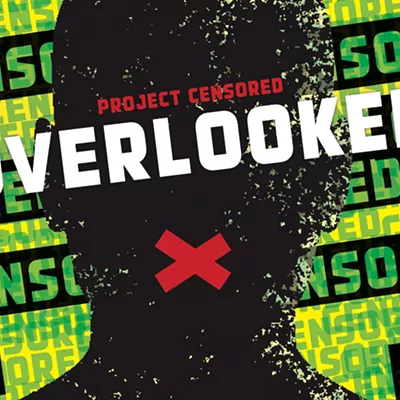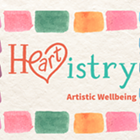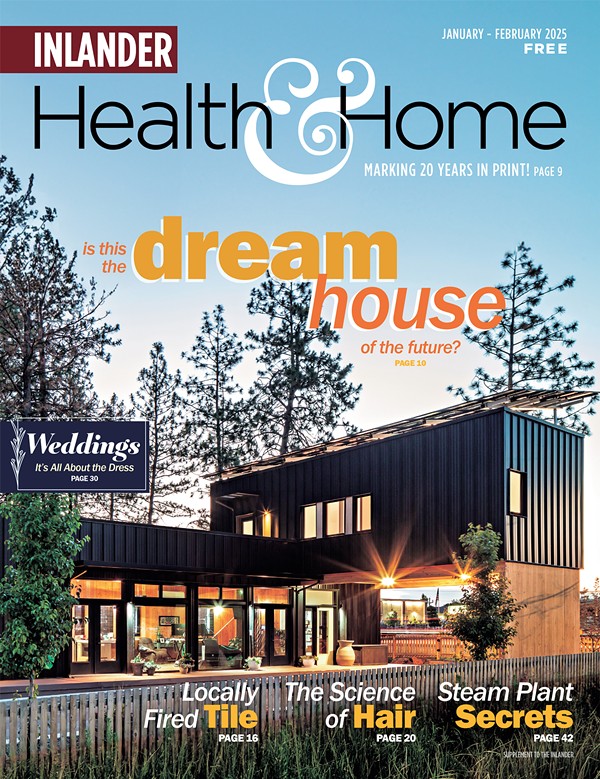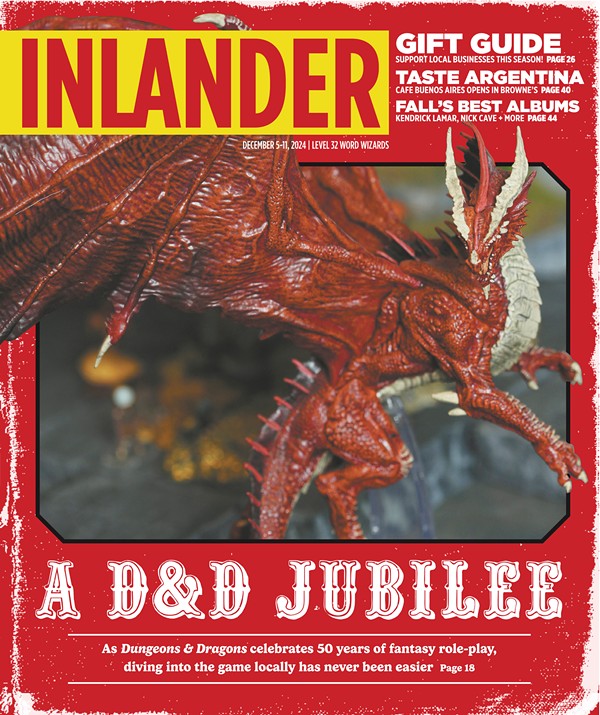Susan Vreeland is delighted that Spokane has chosen her 1999 bestseller for this year's event. She says the one book, one city idea "works best in smallish towns to mid-sized cities" like Spokane, because "they tend to embark on it more." In Fallbrook, a southern California town that chose her book to read together, people "wore buttons saying, 'I'm reading Girl in Hyacinth Blue. Are you?' "
Vreeland hopes that the event in Spokane "will encourage conversation among strangers and people of different ages" because both young and old "benefit so much from that intellectual exchange."
The libraries have planned a whole raft of special events to let the community see the book and its subject from different perspectives. Brush With Fate, the movie version of Girl in Hyacinth Blue, will be shown several times. A life drawing class taught by local artist Dan Spalding will set up the scene from Girl in Hyacinth Blue so you can try your hand at painting. Of course, there will be several chances to discuss the book with other readers at Auntie's and area libraries. Gonzaga Art History Professor Shalon Parker will offer a glimpse into the daily life of artists like Vermeer in the cities of 17th-century Holland. And no community read would be complete without a chance to hear directly from the author, so Susan Vreeland will talk about her writing and answer questions on Oct. 27 at 1 pm at North Spokane Library and later that day, at 7pm, at the MAC.
The blockbuster success of Girl in Hyacinth Blue, which has now sold hundreds of thousands of copies and has been taught in schools from eighth grade to university level, came as a complete surprise to Vreeland, whose early goals were more modest: "I was just hoping that I was able to finish it," she says. She feels the popular success of the book "shows that there is a reading public in the United States that does want to become engaged in good literature" no matter what the period or subject matter.
To be sure, the book's themes do raise pithy questions. The math professor, Cornelius Engelbrecht, hoards the painting like a miser with his gold, shutting out the world in the process. Even if the painting is a Vermeer, Vreeland says, "It's just a piece of cloth smeared with mineral paste," echoing the words of Engelbrecht's colleague. Which, says Vreeland, begs the question: "What should we value most?"
Saskia, the farmer's wife who weathers the floodwaters that seem to deliver to her both the painting and the abandoned infant Jantje, becomes deeply attached to the painting. It takes hold of her imagination, and for a time, says Vreeland, Saskia flirts with "the idea that the needs of the here and now are somehow less than the demands of art."
Art exerts a powerful draw upon Vreeland, who found refuge in the images in volumes of art history while she was being treated for cancer. The stories she imagined behind those images led to the writing of Girl in Hyacinth Blue. Fiction, says Vreeland, takes up where history leaves off. She has written several books since Girl that are also inspired by art because, she says, "Art shows us what was significant to humans in another time and place."
She gives the last word to the Victorian art critic and social theorist John Ruskin: "Great nations write their autobiographies in three manuscripts -- the book of their deeds, the book of their words and the book of their art. Not one of these books can be understood unless we read the two others, but of these three the only trustworthy one is the last."
(For a full schedule of Spokane Is Reading events in October, call 444-5307 or visit www.spokanelibrary.org)
















